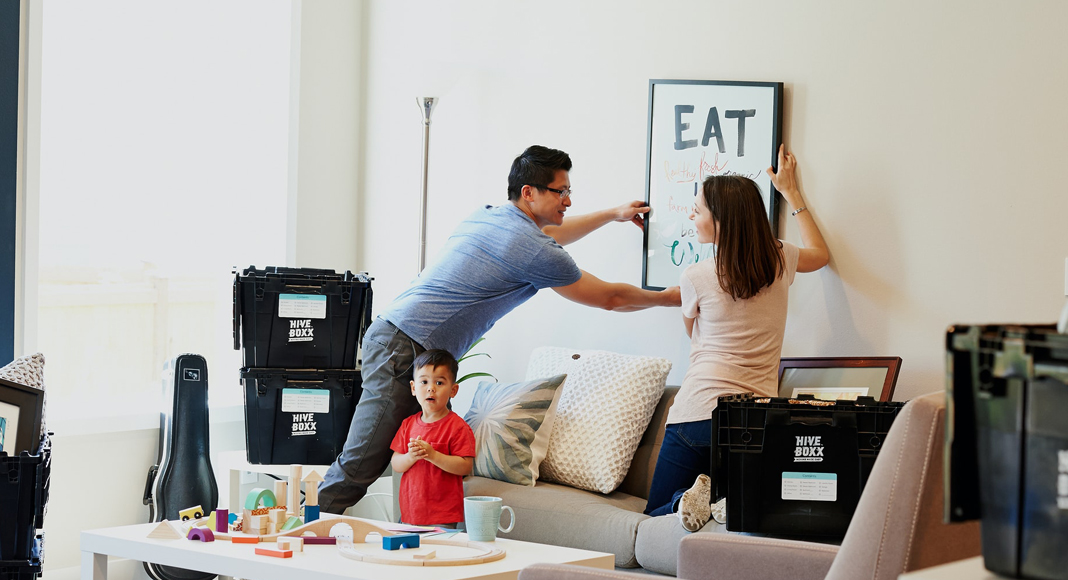
October is the month of all things scary but for some, it’s not the ghosts that scare them. October is also breast cancer awareness month and while breast cancer affects so many women, most of us don’t know where to even start with preventative care. This concern drove me to get some answers from Moarch Healthcare’s Heidi Gregersen, CNP, so we can be empowered in our health.
Who is at risk of getting breast cancer?
There is a long list of risk factors that put you at higher risk for getting breast cancer. The most common risk factors include:
- Family history of breast or ovarian cancer
- Having a gene mutation (BRCA positive; testing required)
- Never having children
- Early start to your first period
- Late start to menopause
- Being overweight
- Smoking
- Alcohol consumption
- Not breastfeeding
- Increased age
If you have any of these risk factors, it’s important that you start getting mammograms and performing self-testing. Monarch Healthcare recommends starting mammograms at age 40 and continuing to get them annually.
Who performs mammograms?
Mammograms are ordered by a healthcare provider such as your physician, nurse practitioner, or PA and performed by a radiology technologist at a mammography center.
What does a mammogram appointment entail?
The idea of getting a mammogram gives me a bit of anxiety. It’s a very awkward process in my mind, so I asked Heidi to walk us through the steps.
The process begins with an order from your healthcare provider. Women over 40 can self-refer and get a mammogram without an order if they prefer. You would next schedule your appointment at a mammography center. In Idaho Falls, women can choose from EIRMC, Teton Radiology, or Mountain View Hospital.
Arrive at the facility for your appointment with your order in hand. This tells the technologist which test you need and where to send your test results. The staff will direct you to a private dressing area where you will undress from the waist up, and change into a cape-like gown. They then escort you back to the mammogram machine.
The technologist will help position your breast on an adjustable shelf and then use a plastic, adjustable plate to compress the breast tissue. The technologist works hard to keep you covered as much as she can and to keep you as comfortable as possible. You will be told to hold your breath while they take images of your breast. You will be repositioned a couple of times to get all areas of the breast imaged appropriately. The staff will help you repeat this with the other breast.
After the images have been taken, you will change back into your own clothes and you’re done! The entire process just takes a few minutes. A radiologist will review your mammogram images and send a report with the findings to your healthcare provider, who will in turn contact you with the results.
How do I self-test?
Being familiar with your own breasts is important and can be started easily at home. Heidi broke down the self-testing process so that we can be as confident as possible. Heidi emphasizes that it is our job to be familiar with our breasts and to let her know if we ever feel something isn’t right. “My job is to get women the proper care to determine what the problem is. Don’t be afraid of doing self-breast exams. It could save your life!”
The best place to do a self-exam is in the shower. Lift one arm up over your head and use the fingers of the opposite hand to do the exam. Use the pads of your fingers to feel your breast tissue. You can follow an up and down motion as you slowly move across your breast, or around in circles that slowly get smaller to end at the nipple. It doesn’t really matter how you do it, as long as you feel all the breast tissue. It is also important to feel your armpits thoroughly and check your nipples for any discharge (you shouldn’t have any discharge unless you’re pregnant, breastfeeding, or recently stopped breastfeeding). And that’s it!
It only takes a few minutes. It is best to do this at a time of the month that is not close to your menstrual cycle, as sometimes the hormones can make your breast tissue tender or more lumpy than usual.
Mammograms and self-testing should be empowering to women and, thanks to Heidi Gregersen at Monarch Women’s Healthcare, we can feel confident in taking charge of our health and catching breast cancer early on.
Visit Monarch Healthcare for more information and resources, including this study from 2015 on breast care statistics: https://monarch-healthcare.net/2015-womens-healthcare-breast-cancer-statistics/.













